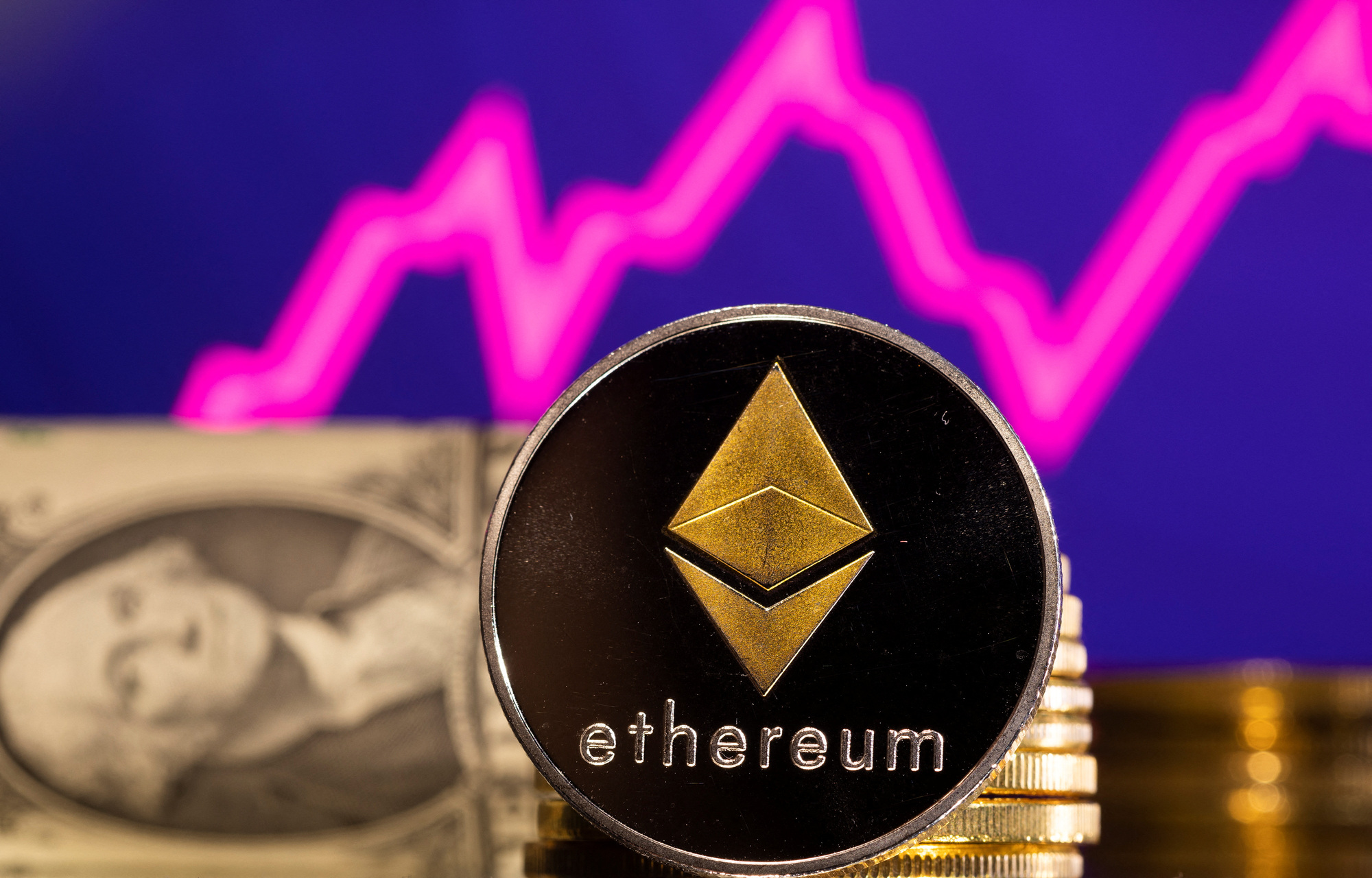Ether could drop to as low as $2,400 following the launch of spot Ether exchange-traded funds (ETFs), according to Andrew Kang, founder and partner at crypto-focused venture capital firm Mechanism Capital.
As per CoinGecko, Ether is currently trading at $3,410. A fall to $2,400 would represent a nearly 30% decrease from its current price.
In a June 23 X post, Kang noted that, unlike Bitcoin, Ether attracts less institutional interest, there are few incentives to convert spot Ether into ETF form, and the network cash flows have been underwhelming.
“How much upside would an ETH ETF Provide? I would argue not much,” Kang said.
The projected price drop would be significant for the asset, especially since Ether had previously surpassed $4,000 in March when Bitcoin reached a new all-time high.
It nearly hit the same level again just before the United States Securities and Exchange Commission (SEC) approved Ether ETFs.
Kang predicts that spot Ether ETFs will attract only 15% of the flows that spot Bitcoin ETFs have seen.
Bloomberg ETF analysts Eric Balchunas and James Seyffart estimate these flows to be in the 10-20% range.
Kang pointed out that only $5 billion in new funds, excluding converted funds, flowed into spot Bitcoin ETFs in the first six months.
Applying this data to Ethereum suggests that spot Ether ETFs could see $840 million in “true” inflows over the same period.
“I believe that the expectations of crypto natives are overinflated and disconnected from the true preferences of tradfi allocators,” Kang said. “This implies that the ETF is more than priced in.”
READ MORE: Binance Aids BtcTurk in Cyber Attack Investigation, Freezes $5 Million in Stolen Funds
However, not everyone agrees with Kang’s prediction. Industry analyst Patrick Scott (widely known as Dynamo DeFi) told Cointelegraph Magazine that he “expects a similar directional movement” to how the spot Bitcoin ETFs have performed, though he doesn’t foresee Ether’s price doubling.
VanEck, an asset management firm, believes spot Ether ETFs could help drive Ether to $22,000 by 2030.
Kang argued that Ethereum’s appeal as a decentralized financial settlement layer or Web3 app store is less convincing when considering the data.
He noted that Ethereum’s promising future as a cash flow “machine” has waned since fees were driven up by decentralized finance and the last non-fungible token cycle.
“At $1.5B 30d annualized revenue, a 300x PS ratio, negative earnings/PE ratio after inflation, how will analysts justify this price to their daddy’s family office or their macro fund boss?” Kang questioned.
The surprise approval of Ether ETFs means issuers have less time to market to institutional investors. Bitwise and VanEck are among the few approved applicants that have already released Ethereum-themed ads.
Kang also mentioned that the removal of staking from proposed spot Ether ETFs might deter investors from converting their spot Ether into ETF form.
While institutions like BlackRock are venturing into the real-world asset tokenization space on Ethereum, Kang is unsure of its impact on Ether’s price.
He predicts the ETH/BTC price ratio could drop from 0.054 to as low as 0.035 in the next 12 months.
However, he believes a Bitcoin rally to $100,000 in the next six to nine months could “drag” Ether to a new all-time high.
To submit a crypto press release (PR), send an email to sales@cryptointelligence.co.uk.




